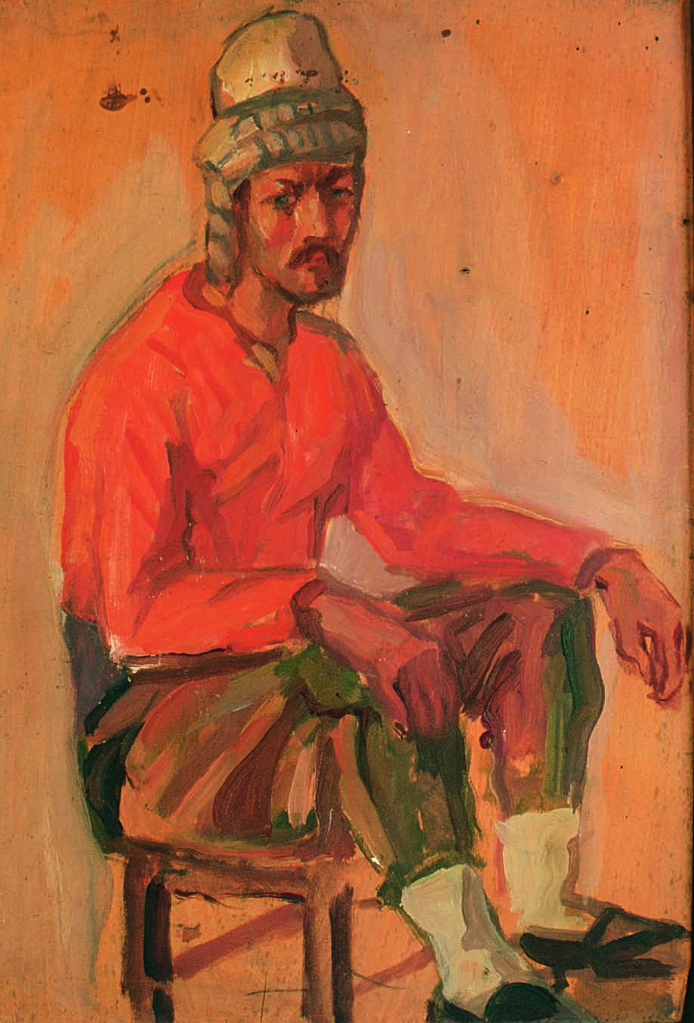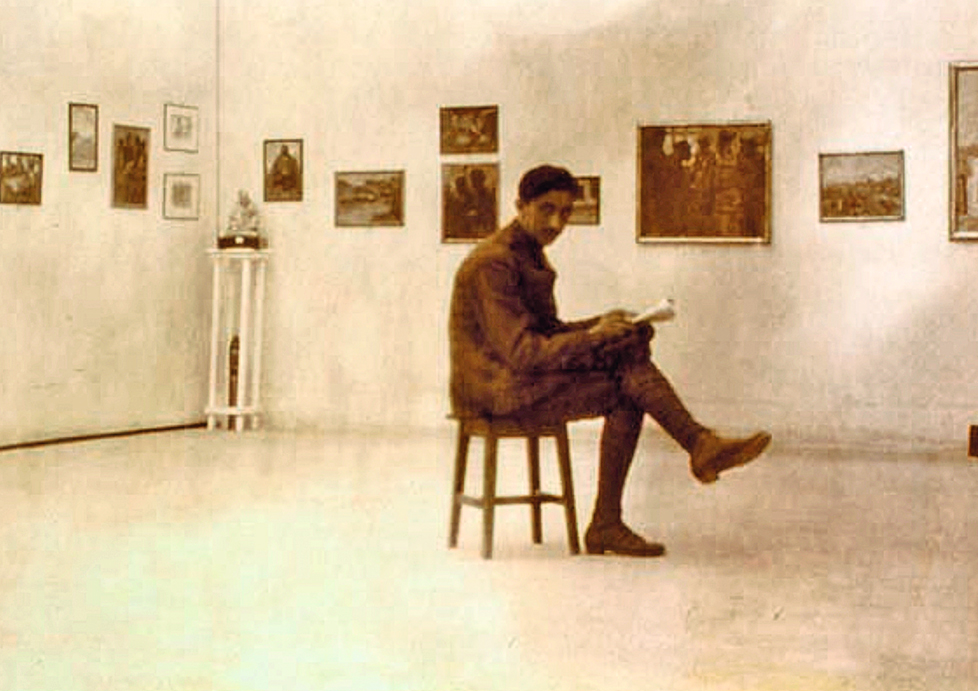
Pericles of Byzantium had an affair with Hydra. He was director of the ASCT branch from 1939 to 1964 and saw to the best of his ability to preserve the architectural appearance of the island. He felt the destructive power of “development” and believed that it should be tamed early. In a small grove in the center of the settlement, there is a bust of him, along with busts of other artists Tetsis and Hatsikiriakos-Gikas. This is not his only trace. His memory is preserved by a piece of his work, donated by the late daughter of Marilena Liakopoulou, founder of the Athens Art Gallery, to the home of Lazaros Kountouriotis, a mansion with beautiful yellow ocher. Byzantium loved Hydra, but she still remembers him.

At the beginning of September 7, the Historical and Ethnological Society will highlight an unknown part of his work on the occasion of the centenary of the Asia Minor catastrophe. The artist, with his studies in Paris and spiritual concerns, followed the Greek army across the Aegean. In Kountouriotis’ home, next to his familiar paintings, 15 of his small oil paintings from the time will be on display, an imaginary respite from the expectant military adventure with an inglorious ending. Until 2000, these works were considered lost. But what is their history?
Byzantios, with Spyros Papaloukas and Pavlos Rodokanakis, were appointed army painters when they were already serving their terms. Prior to his official appointment, he was even in reserve in Bursa. He was essentially in the rear, where he did not come into direct contact with military events. He tirelessly painted subjects that interested him, inspired by nature – for the first time he went with his tools to the countryside – and the local population. In these compositions there is no savagery and violence, color prevails. But soon everything changed and fate brought him closer to the events.

“We worked for a year and, shortly before the Asia Minor catastrophe, we exhibited our work in Zappeion in a separate large hall, together with the Photographic Department of the Cartographic Service,” he recalls of the dedication, in which other artists and photographers of the Army participated. experienced and amateurs also participated. The purpose was to show the places where the Greek forces had advanced. “However, since I was simultaneously working on studies with Spyros Melas in the Free Press, all three of us were considered reactionaries,” recalls Byzantios. “We were arrested and sent along with our work to the headquarters of Asia Minor in Smyrna. The Catastrophe happened there, and we were saved, but not our more than a hundred works, the fate of which is unknown. Thus, the three artists lost most of their visual output from the front. Everything that eventually survived, they and other artists and photographers, the War Department transferred to the Historical Museum for four years from 1922 to 1926.

In Byzantine oil paintings, the daily life of local residents is depicted in the places where it met in mosques and minarets, alleys, cafes and churches. It is clear that the experience of the front also determined his manner of painting, as noted by Fotos Politis, who analyzed his creations in Zappeion. So in “Hydra” we will have the opportunity to see this small unit, which is an important link in his personal and creative development, and at the same time mentally experience the atmosphere of that era before the Holocaust.
Source: Kathimerini
James Springer is a renowned author and opinion writer, known for his bold and thought-provoking articles on a wide range of topics. He currently works as a writer at 247 news reel, where he uses his unique voice and sharp wit to offer fresh perspectives on current events. His articles are widely read and shared and has earned him a reputation as a talented and insightful writer.